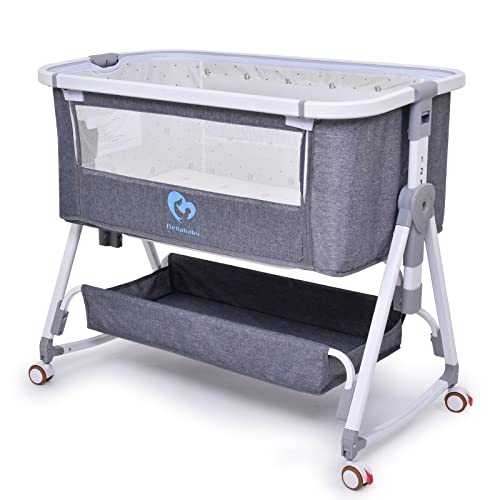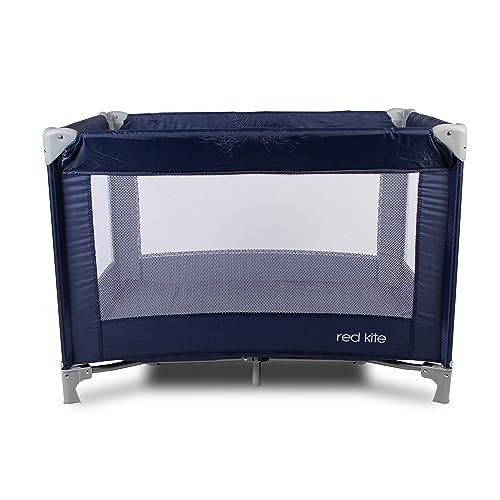5 Killer Quora Answers On Tots And Cots
페이지 정보
작성자 Jaunita 작성일 25-09-10 23:22 조회 2 댓글 0본문
Tots and Cots: A Comprehensive Guide for Parents
When it comes to making sure a safe and comfy sleeping environment for babies and toddlers, the options parents make-- ranging from cribs to cots-- can significantly affect their wellness. Today's article dives deep into the intricacies of selecting the best sleeping arrangements for tots and cots, stressing safety, design, functionality, and how these choices evolve as a child grows.
Understanding Tots and Cots
tots And Cots normally describe young kids, particularly toddlers aged in between 1 to 3 years, while cots are the sleeping arrangements particularly created for infants and young children. The suitable sleeping equipment for this age group includes numerous types of cots, cribs, and toddler beds.
Kinds of Cots
Different designs exist to meet the diverse needs of both moms and dads and kids. Below is a list detailing the most common types of cots offered:
Standard Crib
- A traditional crib is created for babies and typically consists of sides that can be adjusted to different heights.
Convertible Crib
- This kind of crib can transform into a young child bed, daybed, or full-sized bed as the kid grows, making it a long-term investment.
Portable Crib
- Also called travel cots, these are light-weight and quickly collapsible, ideal for traveling or smaller sized living areas.
Co-Sleeper
- A co-sleeper crib connects to the side of the parents' bed, permitting simple gain access to while making sure the baby cots online has a different and safe sleeping space.
Toddler Bed
- A toddler bed is a little bed that looks like a standard bed but is developed specifically for young children, usually featuring safety rails.
Mini crib sets
- Mini cribs are smaller than basic cribs, making them a fantastic choice for tight spaces, however they are suitable for infants just.
Security Considerations
Making sure safety is critical when selecting a small cot beds for a child. Here are critical security standards parents ought to consider:
- Check for CPSC Certification: Ensure that the cot sticks to the Consumer Product Safety Commission (CPSC) standards.
- Prevent Drop-Sides: Cots with drop-sides have actually been connected to safety threats, and the current security guidelines restrict them.
- Use a Firm Mattress: A firm bed mattress lowers the danger of suffocation and must fit snugly within the cot.
- Keep Bedding Simple: Use a fitted sheet and prevent pillows, comforters, and packed animals that can present suffocation hazards.
- Follow Weight and Age Guidelines: Ensure the kid has actually not gone beyond the cot's weight limit and is still within the suggested age.
Transitioning from a Cot to a Toddler Bed
The shift from a cot to a young child bed can be a psychological milestone for both parents and kids. Here are steps to alleviate the shift:
Timing
Choosing when to shift can be subjective, however it's usually recommended to make the switch in between 18 months and 3 years, based upon factors like:
- Physical Ability: If the child is climbing out of the cot.
- Potty Training: Consider transitioning if the child is bathroom training and requires much easier access.
- Behavior: Exhibiting indications of maturity, such as following directions or expressing a desire for self-reliance.
Tips for Making the Transition Smooth
Involve Your Child: Let the kid select their new bedding or bed decoration to impart enjoyment about the modification.
Keep Routine Consistent: Maintain the child's bedtime regimen to offer comfort throughout this period of modification.
Explain the Change: Discuss the shift to a toddler bed favorably, making it sound like a great adventure.

Precaution: Place the bed against the wall or use bed rails to prevent falling during sleep.
Picking the Right Bed
When picking a young child bed, parents require to consider factors like:
- Height: Low-profile beds are ideal for young children who may fall out during sleep.
- Sturdiness: Ensure the bed can endure active play as well as sleep.
- Style and Design: Choose a design that complements the kid's room and is appealing to the child.
Choosing the right cot for your youngster can be a complicated process, but understanding the alternatives available, essential safety factors to consider, and the ideal timing for transitioning to a young child bed can make this journey simpler for parents. Investing time and effort into these decisions will ensure that your child has a safe, comfy, and nurturing sleep environment.

Frequently asked questions
1. What is the difference in between a cot and a crib?
- A cot is typically a smaller sized bed developed for more youthful young children, while a crib is a larger bed that is generally appropriate for babies as much as 3 years old.
2. When should I move my kid from a crib to a young child bed?
- The transition time is generally between 18 months and 3 years; this change is based on the kid's physical capabilities and behavioral indications.
3. How can I guarantee my kid is safe while sleeping?
- Constantly comply with safety requirements, utilize a firm mattress with an easy bed linen plan, and monitor the cot's weight limitation.
4. What should I do if my kid tries to climb out of the cot?
- If your kid is climbing out, it might be time to consider transitioning to a toddler bed to avoid falls.
5. Can I utilize the same bed mattress when transitioning?
- Typically, it is best to replace the crib bed mattress with one that is particular to the toddler bed. Ensure it fits comfortably and adheres to safety requirements.
By thinking about these elements, parents can model healthy sleep practices and offer their kids with a secure environment that promotes restful sleep. Investing in quality sleeping arrangements will add to the kid's general advancement and happiness.
- 이전글 9 . What Your Parents Taught You About Private ADHD Assessment Near Me
- 다음글 시알리스 약국 판매 | 19moa.xyz | 시알리스 약국 판매
댓글목록 0
등록된 댓글이 없습니다.

